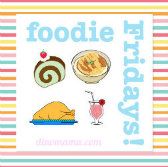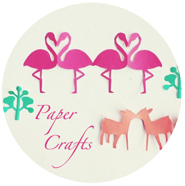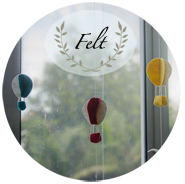
Behind these dusty window panes is a medical shop manned by a middle aged lady and her aged mother…


Taking a peek through the windows of these shophouses, I see dark, dusty rooms, now abandoned. Once homes to residents living along Katong Road.

The former Red House Bakery, once a landmark on Katong Road, used to be famous for its Swiss rolls and curry puffs. The“Red House” Bakery was the first in Singapore to bake three-tier Western-style wedding cakes in the 1920s.
It will become residential homes very soon, to be sold to affluent house buyers.

Katong, whose history is filled with vacation homes and mansions for the wealthy in the 19th century, still retains some of its charm with its quaint cafes, eateries and glimpses of its Peranankan heritage. What other nostalgic finds will I discover in this neighborhood? Do read the upcoming posts to find out!
































